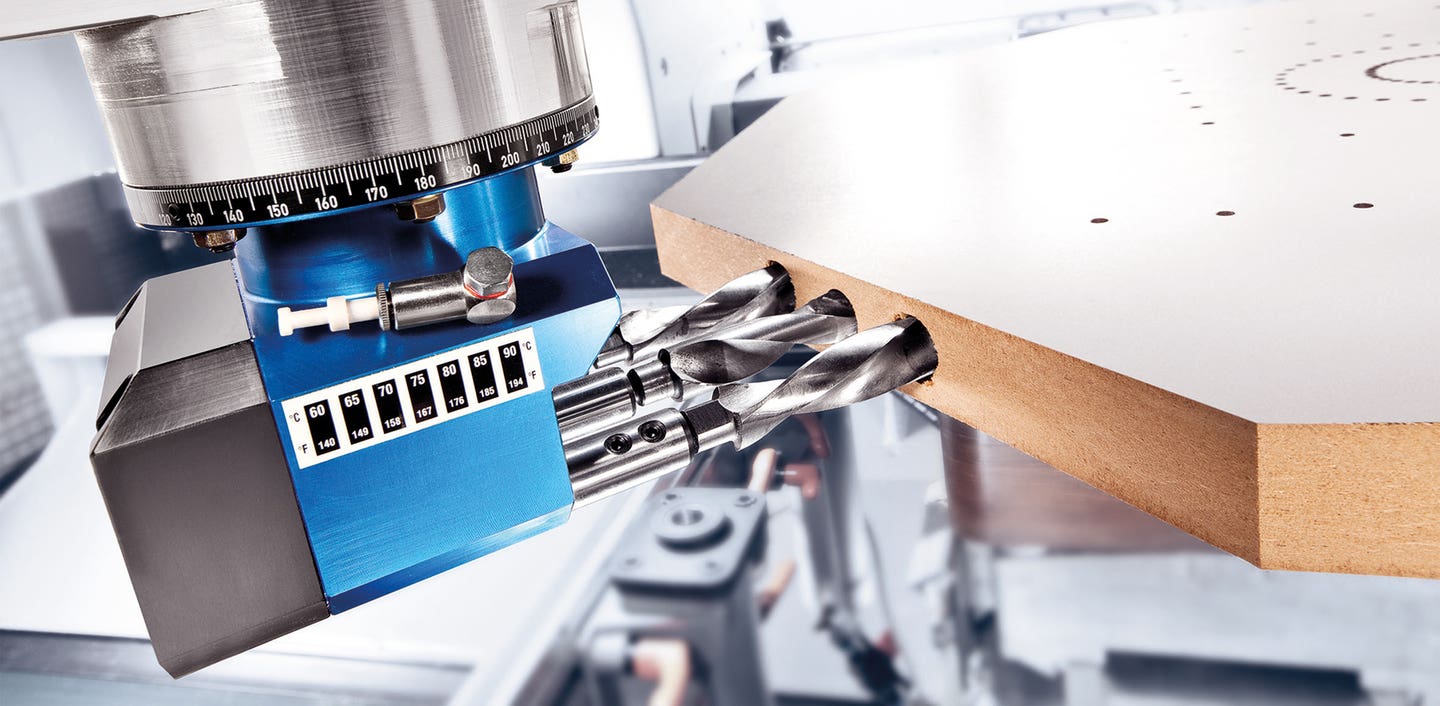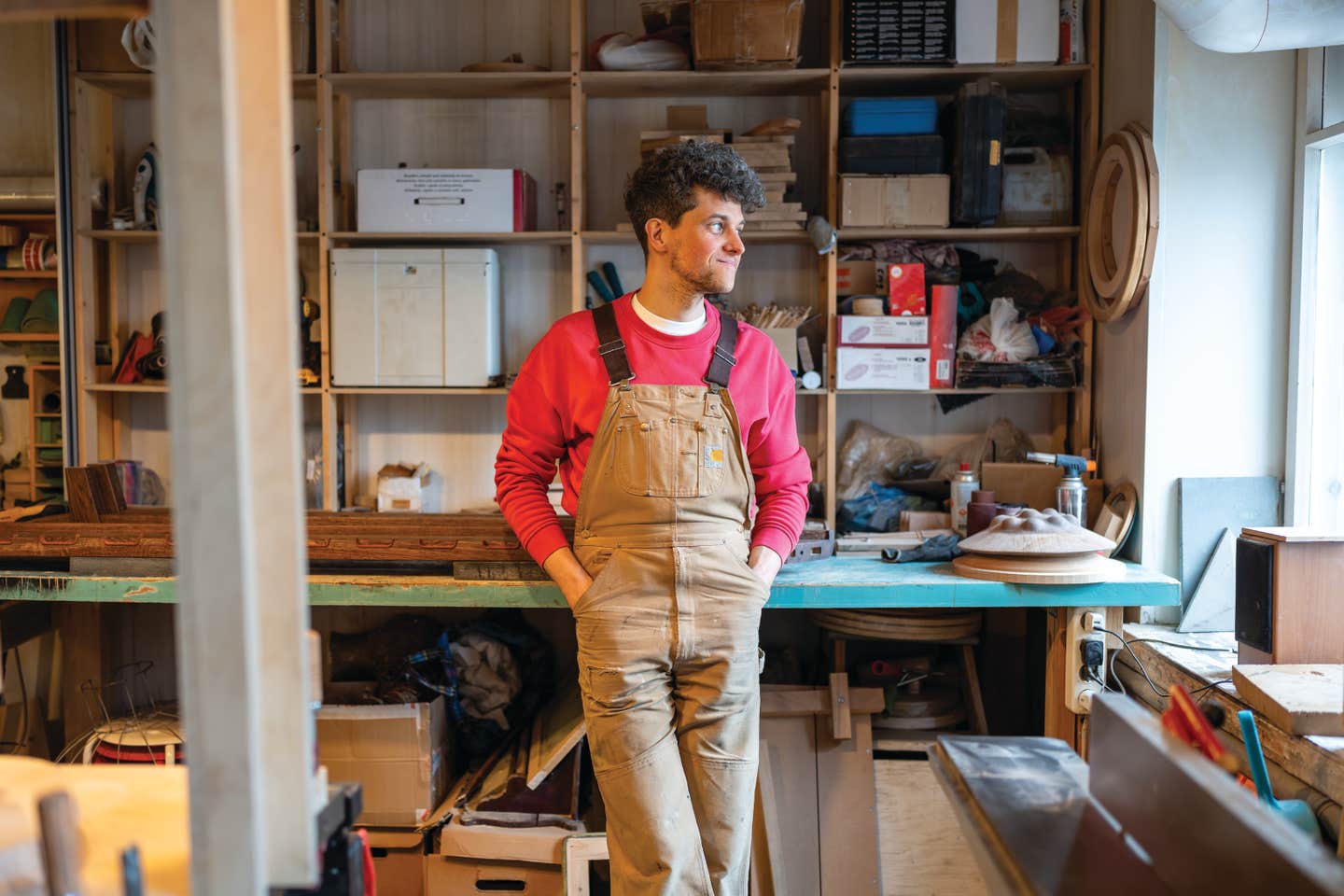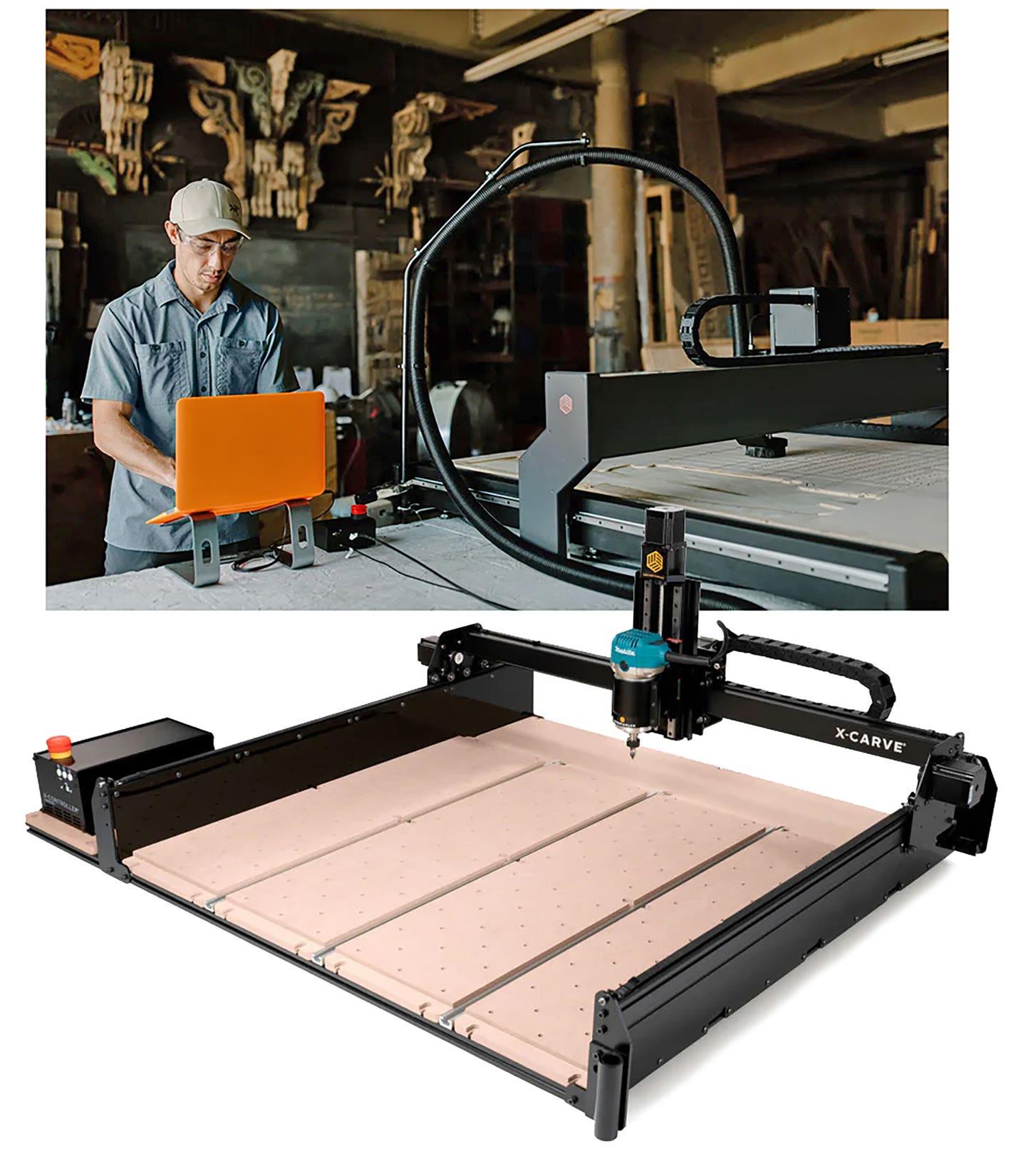Without regrets
Brian Clancy, an Irish native who immigrated to America in his 20s, pursued several career interests before taking the leap to open Clancy Woodworking, a custom cabinet shop in Sherman, Conn., in 1999.
Brian Clancy took his time deciding what he wanted to be when he grew up. The Irish native, who immigrated to America in his 20s, pursued several career interests before taking the leap to open Clancy Woodworking, a custom cabinet shop in Sherman, Conn., in 1999.
The two-person, automated shop is quite busy, benefiting from New Yorkers flocking to his neck of the woods in the aftermath of Covid.
“With the continued growth of business from Covid, I can see an expansion down the road,” says Clancy. “Some people have referred to it as an elastic band, the potential for business. People that have been holding off on updating their kitchens and the restaurants are finally getting ready to update everything. I foresee more jobs rolling in.”
Clancy works out of a 2,100-sq.-ft. barn on his property, with the help of his one employee, Marlon Ruiz, and his wife Kathleen, the full-time bookkeeper.
Crossing the pond
Born and raised in the county of Armagh in Northern Ireland, Clancy went to college in Bournemouth, England, for a broader range of topics to study than in his homeland. He took up business and marketing for three years. Woodworking hadn’t even crossed his mind.
“I didn’t really know what I wanted to do. I just wanted to get out of the house and go do something. I didn’t want to stay at home any longer. I had no dream to be a woodworker but did work around uncles in construction trades growing up in Ireland.
“I finished college and went to work in a business environment for an insurance company [in England], and I just wasn’t really enjoying it. So, I decided to move to the United States.”
Clancy had always dreamed of visiting the U.S. He’d heard many stories about it from his parents, both Irish natives who met in Philadelphia in the 60s while his father was on tour with his traditional Irish band. They married and moved back to Ireland where they had Clancy, his two brothers and one sister. At 22, Clancy joined his uncle’s moving business in the Bronx, N.Y.
Clancy started woodworking as a hobby, and seeking formal training, enrolled in evening courses at the State University of New York’s Purchase College, where he was inspired by Dennis FitzGerald, an instructor in the School of Art & Design.
“His lectures were just awesome. He taught us about furniture and design and cabinetry. I knew I wanted to pursue it further and got to the point where I just knew that is what I wanted to do with my life,” he says.
After two years of study, he worked full time at two shops before starting his own.
“What I learned by doing that was more about how to run a shop. I had never been in an official cabinet shop per say, so when I got in their shops, I saw the equipment they had and how their processes worked from raw materials and how it was fabricated, which I learned in some of the classes I’d taken. But I wanted to get into the environment where I’d see how it looked in real life, like building a kitchen from start to finish.”
Well positioned
His first shop was a 600-sq.-ft. rented commercial space. He had just met Kathleen, and when they married in 2001 and moved to Sherman, they bought a home and built a barn on the property, a red building with a quintessential New England look.
“At that point, I moved whatever equipment I had at my old shop here, and then just slowly but surely started to get more equipment, more clients,” says Clancy.
From making projects for friends and family, then eventually architects and designers, Clancy focused on the market around the New York/Connecticut border, including Westchester (N.Y.) and Fairfield (Conn.) counties, where work was plentiful amongst high-wage earners.
“It got to the point where I was doing two to three jobs at the same time. It was the only way I could keep up with it all. But it was mostly smaller kitchens, or built-ins, bathrooms, cabinets and closets.”
Clancy now works with about 10 different architectural and contracting firms per year who serve residential and commercial clients in the same region. He prefers working directly with professionals to help streamline his busy schedule.
“By the time the architect has sent me the plans, they’ve gone through all the questions with the homeowner. What would you like here? How would you like it to look? I think just being with another professional in the trade eliminates a lot of handholding and questions that otherwise come up.”
Initially, Clancy only did residential jobs but broke into commercial soon after purchasing a Patriot CNC 5’ x 10’ router from Freeman Machine Co. in 2013. He had recently outsourced a complex job to a friend with a CNC and was amazed with the results.
“I watched him and was like, ‘wow’. I didn’t see how I could accurately do that job by hand for what the architect showed me, so I sourced it out. When I saw the work and how he was doing it, that’s when I started thinking about a CNC.
“Without the router, I wouldn’t have had the confidence to take on some of the bigger projects because it’s such a time saver, as well as the accuracy and the repeatability.”
Clancy began offering CNC cutting services to other shops. In 2019, he added fabrication of Corian countertops.
“I was asked all the time about solid surface work,” he says. “Restaurants and medical facilities use it a lot. It was a very quick and easy transition, and the CNC does all the cutting. The good thing was I was doing all these restaurant projects and I used to walk away from this work and leave it on the table, and now I’m able to provide them with an entire package.”
Small and Efficient
Marlon joined the company about 10 years ago. Clancy would like more help, but per current zoning regulations is limited to one person. He manages with just the two of them in several ways.
Finishing is mostly subbed out or done on site by someone hired through a contractor. Installs are also hired out.
“Because it’s just myself and my helper, I had to make it manageable. I also outsource drawer boxes. There was a point where I was outsourcing all the doors as well, just so that I could keep up with everything,” he says.
Clancy recently incorporated the dowel method of construction for casework project, using the CNC to bore holes and a Pillar dowel inserter, eliminating the need for fasteners. An Uhling case clamp speeds up the assembly process.
With one of their two children now in college, and the second not far behind, Clancy says he and Kathleen aren’t thinking about retirement or anything too far down the road. Now’s the time to navigate where the rapidly changing post-Covid market leads.
“When Covid was in full force and they had the lockdowns, that was terrible. It was really bad business-wise because at that time I was doing nearly 100 percent commercial work. With so many restaraunts closed I got back into residential again, so now I’m doing both.”
Work opportunities are piling up. Clancy says his main challenge at this point is managing the workload and customer expectations.
“A lot of New York people, they’ve moved out of Manhattan. You cannot buy homes in this area now because there are still people coming out of Manhattan. This will be their second home or sometimes their first, and they renovate old farmhouses and we’re asked to do work in them. There’s a lot of migration up to the country from the city. That has changed things to the point where the past two years have been ridiculously busy. It’s been unbelievable.”
For more, visit clancywoodworking.com.
This article was originally published in the December 2022 issue.







